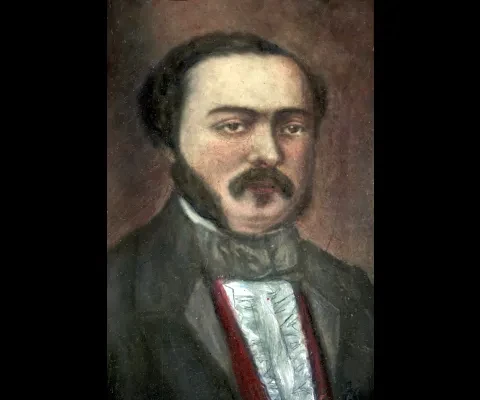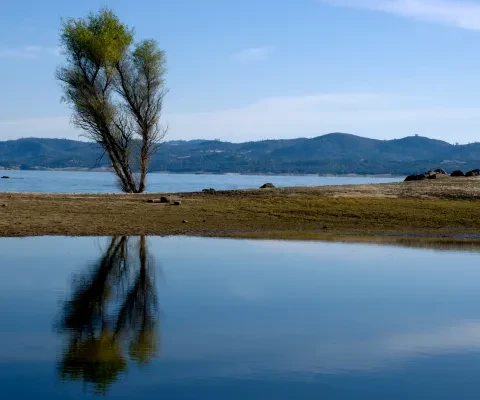In 1848, gold was discovered in what is now the site of Marshall Gold Discovery State Historic Park in Coloma, California. This consequential finding brought over 300,000 people to the area, infused the local economy with money, and put California on a fast-track to statehood. The Gold Rush had profound effects on the state which can still be felt today. Although the Gold Rush is often romanticized in popular culture, it was also a time of great suffering for those that came and found scant trace of gold, and for those that were already marginalized by society.
The complex, but little-enforced structure of laws in California at the time enticed many different types of people to move to the state. Free Blacks and escaped slaves (California was designated a free state in 1849) made their way with the hopes of striking it rich and creating a new life. Escaped slaves were still in danger of being recaptured such as the case with Stephen Spencer Hill, who escaped his captor in Arkansas and made his way to California, only to be captured again, and subsequently escape one last time.
Slightly west of Coloma lies what is now Folsom Lake State Recreation Area, also an area frequented by gold seekers. At the time it was owned by William Leidesdorff, one of the first Black-biracial U.S. citizens and one of the most important figures in the founding of San Francisco. Leidesdorff unfortunately died very shortly after gold was discovered on his land, which was subsequently purchased by Joseph Libbey Folsom, who the City of Folsom is named after.
A group of Black gold miners first arrived in Folsom in late 1849 and inhabited an area now known as Black Miner's Bar, a name which is currently under review by the California Department of Parks and Recreation Commission. Around 10,000 known Black miners were active in the Sierra foothills and the surrounding area, and Black Miner's Bar was one of the earliest established camps by Black miners, and grew to be one of the largest. The gold was so plentiful at the time that the Up-River News proclaimed that "not a claim could be had at any price" in 1851. Black Miner's Bar was not a traditional gold mining town, but a settlement with tents and temporary structures. By 1852, many of the miners left the area and moved on to other regions which were still gold-rich.
Although the name remains a source of controversy, Folsom Lake State Recreation Area and Black Miner's Bar represent an important piece of Black history in California. We’ll be featuring a new story of Black history in state parks each week throughout Black History Month, so stay tuned for all of February as we highlight the contributions of Black Californians to the state we know today.
You can submit your suggestions or thoughts on the proposed name change of Black Miner's Barby emailing info@parks.ca.gov for future public input opportunities.

